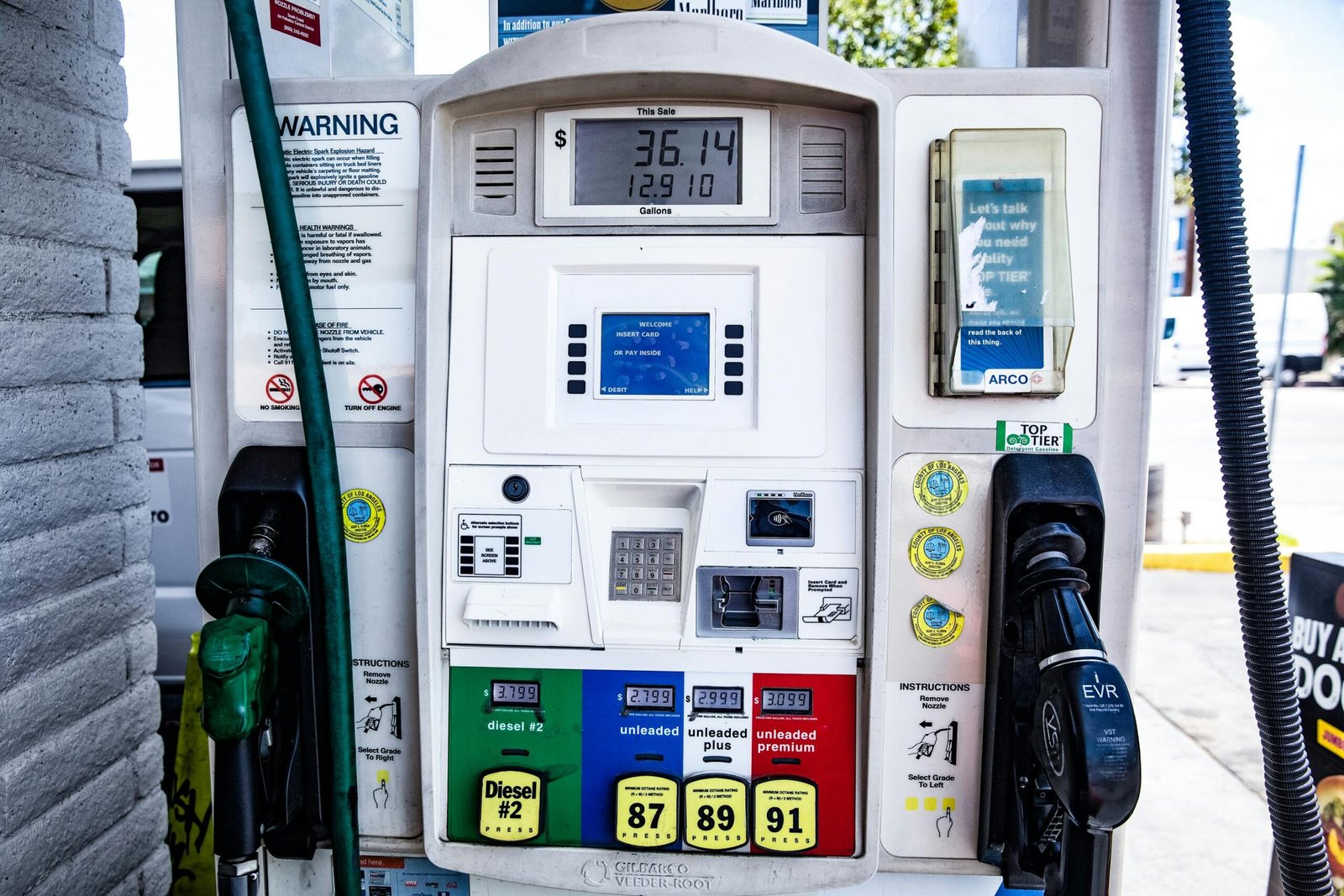In recent years, car sharing has become one of the most exciting trends in the transportation industry. As cities get more crowded and people become more environmentally conscious, car sharing offers an appealing alternative to traditional car ownership. But how exactly does car sharing work, and what kind of impact does it have on the environment? Let’s take a deep dive into the rise of car sharing and explore its environmental benefits, challenges, and the role it plays in shaping the future of transportation.
1. What is Car Sharing?
Car sharing is a service that allows individuals to rent vehicles on a short-term basis, often by the hour or day. Unlike traditional car rentals, car sharing services are typically designed for people who only need a car occasionally or for specific trips. These vehicles are shared by multiple users, making it more affordable and convenient than owning a car outright. Car sharing can be organized through companies like Zipcar, Turo, and even peer-to-peer services where individuals rent their own personal cars.
2. How Does Car Sharing Work?
The concept of car sharing might seem like a modern solution, but it’s been around for decades. However, technological advances and increased urbanization have helped propel it to the forefront in recent years. Here’s how it generally works:
- Membership: Users sign up for a car-sharing service and create an account.
- Booking: Members can choose the vehicle they need, select the time and duration, and book it via a mobile app or website.
- Pick-up: After booking, the car is picked up at a designated location, which could be on a street, in a parking lot, or at a specific car-sharing station.
- Return: Once the user is done with the car, they return it to the same location or to a designated drop-off point.
The ease of access and flexibility make car sharing a great option for people who don’t drive daily but still need a car from time to time.
3. Car Sharing vs. Car Ownership: A Shift in Mindset
Traditionally, owning a car was the norm for many people, especially in countries like the United States. Having a personal vehicle meant more freedom, flexibility, and convenience. But with car sharing, people are starting to rethink the need for ownership.
- Convenience Over Ownership: Car sharing allows users to pick up a car whenever needed, without the costs and responsibilities associated with ownership—like maintenance, insurance, and parking.
- Cost-Effective: For people who don’t need to drive every day, car sharing is often much cheaper than owning a car, especially when you factor in gas, parking, and insurance.
- Urbanization and Changing Lifestyles: As more people move to cities, where public transportation options are abundant, car ownership is becoming less of a necessity.
This shift is reflective of broader changes in lifestyle, where people are prioritizing access over ownership—be it for cars, homes, or even clothes.
4. The Environmental Impact of Car Sharing: A Cleaner Future?
The real appeal of car sharing lies in its potential to reduce the environmental impact of transportation. Here are a few key ways car sharing can help the planet:
4.1. Reduced Carbon Emissions
Car ownership often leads to a lot of unnecessary driving, especially for people who have a car available 24/7. With car sharing, vehicles are used more efficiently. Multiple people use the same car, which means fewer vehicles are needed overall, leading to a reduction in carbon emissions.
Studies show that car-sharing programs can reduce the number of cars on the road, which can significantly decrease air pollution, especially in urban areas. Fewer cars also mean less congestion, which leads to smoother traffic flow and less time spent idling—another win for the environment.
4.2. Lower Demand for New Cars
When people use car-sharing services, the demand for new cars decreases. Car manufacturers don’t need to churn out as many new vehicles if fewer people are buying cars. This leads to a reduction in the environmental costs associated with car manufacturing—such as resource extraction, energy consumption, and emissions from factories.
Additionally, many car-sharing fleets now feature electric and hybrid vehicles, which further reduce the overall carbon footprint of transportation.
4.3. Optimizing Vehicle Use
With car sharing, the vehicles are often used much more efficiently. Instead of individual cars sitting idle for hours or even days, car-sharing vehicles are driven more often and by different people. This higher utilization rate ensures that each car on the road is used to its fullest potential, reducing the need for additional vehicles.
4.4. Encourages Public Transportation and Eco-Friendly Alternatives
Car-sharing services typically exist in cities where public transportation is readily available. As people shift toward using car-sharing as their primary mode of transportation, they are more likely to also use public transportation, bike-sharing, or even walk for shorter trips. This further reduces reliance on personal vehicles and contributes to a more sustainable, interconnected transportation system.
5. Challenges and Concerns Around Car Sharing
While car sharing offers clear environmental benefits, there are a few challenges and concerns that need to be addressed:
5.1. Potential for Increased Traffic in Certain Areas
In some cases, car-sharing services could lead to increased traffic in urban centers if more people choose to rely on shared vehicles instead of walking, biking, or using public transportation. If car-sharing fleets aren’t properly managed or distributed, they could contribute to congestion rather than alleviating it.
5.2. Overcrowding and Overuse of Popular Areas
In cities where car-sharing services are extremely popular, there’s often a challenge with the availability of vehicles. If a car-sharing program doesn’t have enough cars to meet demand, people may have to wait for availability, or the cars may be concentrated in a few areas, making them inaccessible to people in other parts of the city.
5.3. Environmental Impact of Car Manufacturing
Even though car sharing can reduce the number of cars on the road, there is still an environmental impact associated with car production. Manufacturing vehicles—especially electric ones—requires significant energy and raw materials. While car sharing does decrease the overall demand for new cars, it doesn’t entirely eliminate the environmental costs tied to production.
5.4. Inequality and Access
One of the challenges with car sharing is that it may not be accessible to everyone. People in low-income areas or those without smartphones may struggle to access car-sharing services. For car sharing to have the greatest environmental impact, it needs to be accessible to a wide range of individuals, and policies must be in place to ensure equitable access.
6. The Future of Car Sharing: Going Green and Expanding Access
As we look toward the future of car sharing, it’s clear that the environmental benefits can be even greater if the system is improved and expanded. Here’s how car-sharing could evolve:
6.1. The Rise of Electric Vehicles (EVs) in Car Sharing
The integration of electric vehicles into car-sharing fleets is already happening and could become more widespread. Electric vehicles produce zero emissions, making them a great option for environmentally-conscious users. With car-sharing services going electric, cities could see even greater reductions in air pollution and greenhouse gas emissions.
6.2. Integration with Other Sustainable Transport Options
Car sharing doesn’t exist in a vacuum. To maximize its environmental benefits, it needs to be integrated with other sustainable transportation options, like bike-sharing, public transit, and walking. In the future, cities could create “mobility hubs” where all these options are available in one place, making it easier for people to shift away from car ownership entirely.
6.3. Expanding Car Sharing to More Cities and Rural Areas
While car-sharing services are thriving in urban areas, there’s a growing push to make these services available in rural and suburban areas as well. By expanding access, more people will be able to take advantage of the environmental benefits of car sharing, no matter where they live.
7. Conclusion: The Green Revolution on the Road
Car sharing has clearly emerged as a modern solution to reducing the environmental impact of transportation. With its ability to lower carbon emissions, reduce the demand for new cars, and encourage more sustainable urban mobility, it’s no wonder car sharing is on the rise. While there are still challenges to address, the future of car sharing looks bright as it continues to evolve, become more inclusive, and integrate with other eco-friendly transport options.
As cities work toward building more sustainable transportation systems, car sharing will play an increasingly vital role in shaping the future of mobility and contributing to a greener planet.
FAQs
1. How does car sharing help reduce emissions?
Car sharing reduces the number of cars on the road, which decreases overall carbon emissions. Shared cars are used more efficiently, leading to less idling, fewer vehicles, and reduced pollution.
2. Can car sharing be a replacement for public transportation?
Car sharing can complement public transportation, especially for short trips or when public transit isn’t available. However, it’s unlikely to fully replace public transit, which remains essential for moving large numbers of people efficiently.
3. Are electric cars commonly used in car-sharing programs?
Yes! Many car-sharing services are adding electric vehicles to their fleets to help reduce emissions even further. Electric vehicles produce zero emissions and are an ideal choice for eco-friendly car-sharing programs.
4. What are some downsides of car sharing?
Some challenges include potential traffic congestion, availability issues, and the environmental cost of manufacturing cars, even those in sharing fleets. Additionally, access to car-sharing services can be limited for people in rural areas or low-income communities.
5. Will car sharing become more popular in the future?
It’s highly likely. As more people prioritize sustainability, cities become more congested, and the cost of car ownership increases, car sharing will continue to grow in popularity, especially if it becomes more accessible and integrated with other forms of transport.




